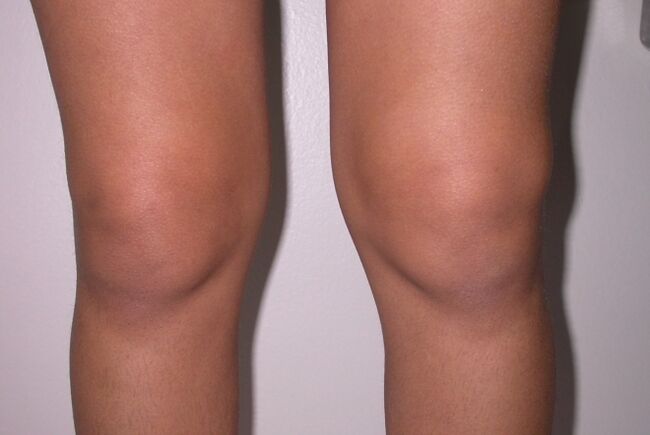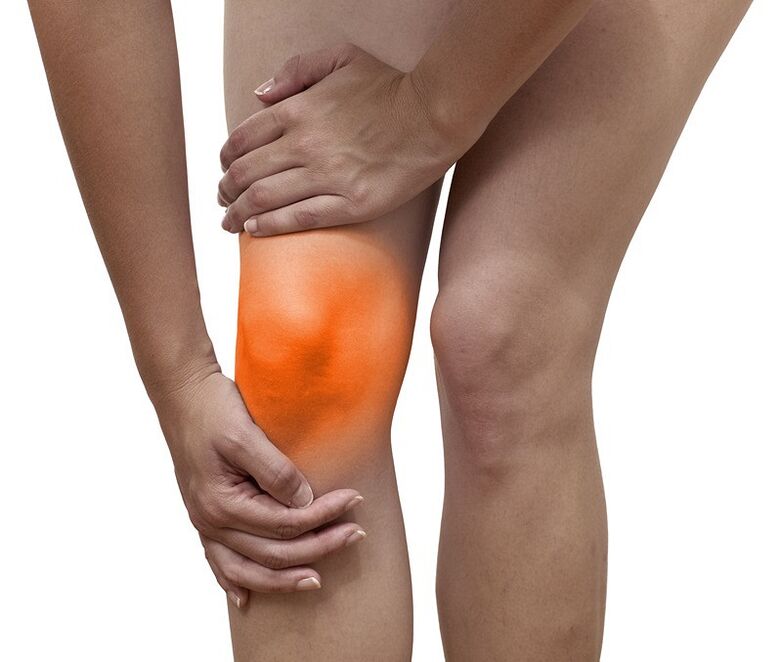Related, sometimes interrelated diseases of the joints - arthritis and osteoarthritis have many similarities and differences. But it is possible to determine which disease develops in a person only after a series of diagnostic studies. The causes of these pathologies differ, the treatment of osteoarthritis and arthritis is also not the same. The use of alternative therapy for these diseases is not only useless, but also dangerous.
comparative characteristics
The development of arthritis and arthrosis occurs under the influence of several factors. But these diseases have one thing in common - they negatively affect the state of human health, causing unpleasant symptoms and discomfort. Both pathologies provoke inflammation of the joint, interrupt its functioning, as a result of which a person cannot move normally.
The symptoms of arthritis and osteoarthritis are very similar, but there are also characteristic signs of each disease.
What causes arthritis?

The main causes of joint diseases:
- pathological disorders in the body;
- infectious or autoimmune disease;
- complications after past infections;
- metabolic or exchange changes.
Rarely, rheumatoid arthritis or polyarthritis occurs due to trauma, destruction of joint integrity. With the progression of the pathology, inflammation of the synovial membrane and fluid develops. There is too much lubricant produced, resulting in swelling of the hands, feet, knee joints and other joints. Changes are observed in cartilaginous tissues - erosion appears in them. As a result of such pathological processes, the bone is exposed.
Reasons for the development of osteoarthritis
This disease is characterized by degenerative and dystrophic changes that affect the cartilage that lines the joint surfaces of the bone. The pathology is more often diagnosed in older people. The main triggering factor is age-related changes, during which physiological thinning and cartilage wear occurs. But sometimes osteoarthritis or osteoarthritis of the arms or legs affects very young people whose lifestyle is associated with excessive physical stress on the joints.
characteristic symptoms

Sometimes, distinct symptoms help to pre-diagnose a specific disease. To distinguish which disease develops in a patient, the localization sites of diseases help:
- Osteoarthritis is characterized by inflammation of the large joint joints in the foot, knees, and hip joint. Much less often, the pathology affects the joints of the fingers. Worse, when violations affect the intervertebral joints.
- In arthritis, different joints become inflamed. Pathological changes can occur in several asymmetric joints at the same time, which is not seen in osteoarthritis.
The first signs of arthritis and arthrosis of the joints are different. If a person develops arthritis, the pain is mostly disturbed at rest, during rest or sleep. After waking up, stiffness and discomfort are felt. Osteoarthritis causes pain when moving, and after rest, discomfort in the legs goes away.
Another difference between arthritis and osteoarthritis of the knee joint is the appearance of the diseased joint. 1st degree osteoarthritis is characterized by the absence of pronounced changes, however, as the pathology progresses, the joint deforms and cracks. If arthritis develops, the joints of the legs, feet immediately become swollen, hot. The patient's general well-being is disturbed, he loses weight, his body temperature rises.
Differential diagnosis
The choice of drugs for the treatment of joints depends on the type of pathology. Therefore, you need to know how to distinguish arthrosis from ankle joint arthritis. To do this, the patient must undergo several of these diagnostic tests:
- general blood and urine tests;
- plasma biochemical study;
- rheumatic tests;
- radiography of the affected joints of the arms and legs;
- CT or MRI soft tissue diagnosis.
medical treatment
To cure both pathologies, it is recommended to take non-steroidal anti-inflammatory drugs. They provide first aid for diseased joints, relieving inflammation and pain. With osteoarthritis, effective treatment is aimed at cartilage regeneration. Chondroprotectors, glauric acid, physiotherapy procedures, auxiliary treatment with folk remedies are used.
When diagnosing arthritis, it is necessary to eliminate the cause of the inflammation and eliminate the pain. With the infectious nature of the disease, drug treatment, antibiotic therapy is used. If the pathology is caused by immunological disorders, hormonal and cytostatic drugs are prescribed.
The main contraindications for arthritis in the acute phase are massage and physical therapy.
therapy at home
Popular methods for treating arthritis and arthrosis involve the use of herbs, eggshells, propolis, garlic compresses, bay leaf decoction. Sometimes traditional medicine suggests the use of herbs, whose therapeutic effect is more dangerous and more toxic than some medicines. All prescriptions and their ingredients must be agreed with the doctor. Comprehensive treatment of arthritis and osteoarthritis should aim to stop inflammatory complications and alleviate the patient's condition.
What is the difference between arthritis and osteoarthritis?
It is difficult to determine which disease is worse. Both pathologies have similar and distinct characteristics. The table shows the characteristics of each disease:
| signal | Arthritis | osteoarthritis |
|---|---|---|
| Pain | Acute, painful, regardless of the nature of the movements | Dull, penetrating, aggravated by motion |
| stiffness in the morning | Express | Sometimes it bothers, but it doesn't last more than 30-40 minutes. |
| redness and fever | There is | Sometimes |
| swelling | Yea | Rarely |
| Crunch, clicks | No | There is |
| Deformation | In advanced cases | Yea |
| mobility restriction | Yea | Yea |


















